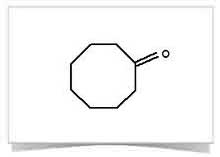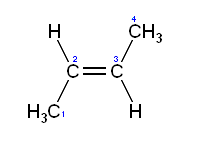- still follow the standard rules and add "-ONE" to the parent chain.
EX:
draw the following organic chemicals!
4,4 dibromo 6 floro 2,3 dimethyl 3 hexanone
3 ethyl 5,1 difloro 2 phenyl octone
name the following organic chemicals!
ALDEHYDES
- an aldehyde is a compound that has a double bonded oxygen at the end of the chain.
- the simplest aldehyde is methanal.
- follow the standard rules and change the parent chain ending to "-AL"*** BE CAREFUL WHEN NAMING ALDEHYDES AND ALCOHOLS.
EX:
draw the following:
1,2,3,4 tetraethyl 1 pentyl nonanal
2,4 dichloro 1,5 dimethyl hexanal
name the following:




